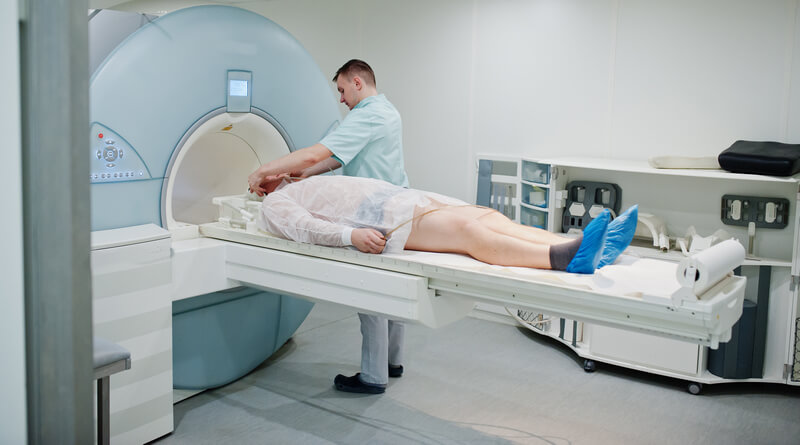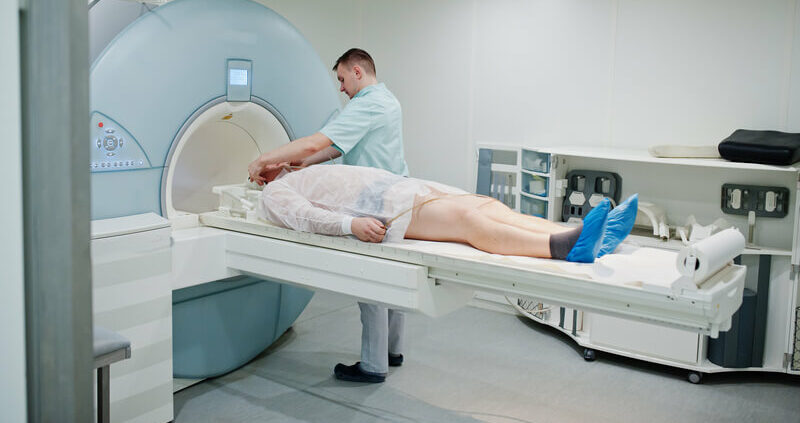Nuclear Imaging is Likely to Increase Patient Data Integrity and Eventually Safety in Healthcare

The following post on how nuclear imaging improves patient data integrity and patient safety in healthcare was submitted by Karandeep Virdi.
The field of science and medicine has shown tremendous progress in the last two decades. Nuclear imaging is a branch of the medical field and has gained popularity in the recent past. Preclinical Medical Imaging is assisting in revolutionizing health-related research and expand understanding related to several medical applications. The nuclear imaging systems industry is set to grow in the future as R&D is on the rise and the overall infrastructure fosters the growth in patient healthcare systems.

Can nuclear energy be the key to improving patient data integrity and patient safety in healthcare?
Emphasis on quality and value: The need of the hour for radiologists worldwide
In the current era, it is essential to keep a check on the quality of healthcare systems. Medical diagnosis and imaging have gained significant popularity in the last two decades and the trend is set to continue. Expert in patient safety, Robert Wachter, M.D from University of California, San Francisco, said that it is important and vital to add value to the healthcare system. Vivian Lee, CEO, University of Utah threw light on the subject and explained how radiologists can add value by taking more responsibility to make an accurate and precise diagnosis.
According to Lee, accurate and on-time diagnosis by radiologists will eventually mean shorter length of stay, early detection of disease and reduce pharmacy costs. One of the major factors that drive healthcare inflation is high pharmacy cost. Radiologists can aid cancer patients to identify cost-effective and efficient treatment procedures. Lee said, “Imaging is front and center in the way we think of health care.”
Radiologists trained in the last three decades are focusing on enhancing value and reducing treatment costs. Certain surveys portrayed the advances in modern medicine held imaging breakthroughs in CT scans, MRI’s and mammograms at the top of the list. However, the interest in radiology is fading off among the medical school graduates. According to the Association of American Medical Colleges, radiology residency seats are unfilled and the application rate for the same has dropped owing to a steady decline in the income.
Breakthrough technology developed by iCAD will assist radiologists significantly
According to Ken Ferry, CEO, iCAD said that the launch of the innovative solution to spearhead in cancer detection and workflow efficiency. He further added that such useful solutions have proved to be an effective solution for 2D mammography. It further assists radiologists to detect cancer at an initial stage.
A conventional 2D mammogram examines two images per breast whereas tomosynthesis can develop 100 images. This optimizes the interpretation time for radiologists significantly. The improved 2D image is in sync with the 3D tomosynthesis dataset that creates an efficient and effective navigation tool for radiologists.
Progress in PET/MR imaging
With the help of imaging coupled with transgenic small-animal models, the progression of a disease can be monitored and regulated to examine an individual’s therapeutics, interventions, and molecular traces. There has been significant innovation in the preclinical positron emission tomography (PET) technology. By using innovative detectors, the systems are advancing to the theoretical limits of resolution with Full Field Accuracy. The initial PET systems provided PET detection functions. However, PET/CT integration offered structural context that is limited to skeletal anatomy and soft tissue.
With recent progress in the PET detector technology, the uncompromised PET/MR integrations can be seen that provide high field and sequential data collection simultaneously. The onset of MRI scanners has boosted the prospects of non-invasive imaging for next generation advanced applications. It is a major challenge to develop a fully integrated PET/MR system as it demands modifications to the PET detector to make it compact and less vulnerable to magnetic fields. Along with significant modifications, to make it entirely compatible with the RF-sensitive MRI hardware is another major hurdle.
Progress in medical imaging for personalized healthcare
In the present scenario, the medical imaging market is advancing towards personalized healthcare. The personalized approach in this field would offer patients treatment that is efficient and most suitable for them. Post the successful MediSens conference in 2016, The aforementioned organizations were keen to showcase their recent developments in imaging technology. For instance, ON Semiconductor showcased the image sensors manufactured by the firm for medical applications. The need for a multimodality imaging in healthcare was revealed by Dr. Dimitra Darambara, Institute of Cancer Research. Dr. Dimitra threw light on the topic by explaining that there are different ways to look at a disease. However, each of the modality offers a different perspective. The attendees of the conference shared a common objective—how the quality of medical imaging technology can be enhanced.
Summary
The Nuclear Imaging Systems and Equipment Market will witness a steady growth in the future as R&D is on the rise. The medical experts, medical schools, and major market players have shown interest to collaborate and develop efficient and reliable medical imaging systems. The market is set to grow significantly in the developed markets such as North America and Europe owing to technological advancements and quality of the infrastructure compared to the markets in the other regions of the world. However, the Asia-Pacific region offers numerous growth opportunities for the medical imaging systems market. This is due to government support and stable economic conditions in the region.
Author Bio:
Karandeep Virdi is a content writer for research team of Progressive Markets, who harbors an active interest in medical devices, advancements in the medical field and the upcoming trends in the industry. Karandeep has written extensively on topics covering medical devices, software technology used in the medical industry.








Leave a Reply
Want to join the discussion?Feel free to contribute!